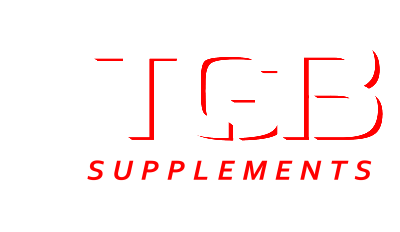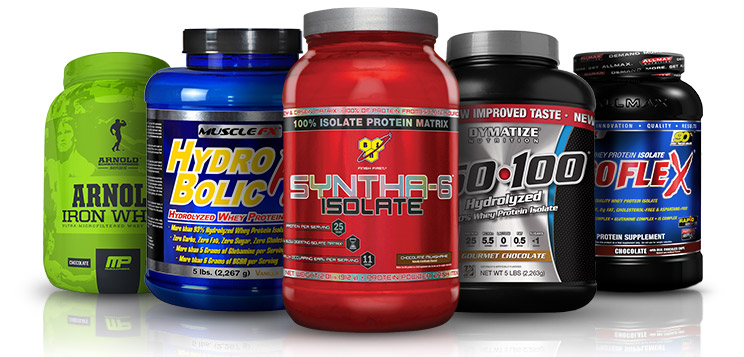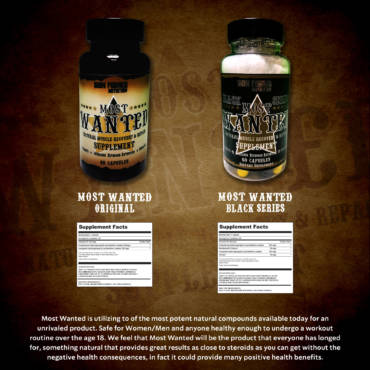Protein Comprehensive Review
Protein Part 1
Protein Part 2
Protein Part 3
Protein Comprehensive Review
Protein Comprehensive Review of Different Types of Protein Protein is made up of individual amino acids, which are linked together in chains called polypeptides. The body breaks down protein into individual amino acids upon digestion and assembles them into new proteins as needed. It is essential for many things including: providing raw materials for muscle repair/growth (recovery), important source of energy for the muscles, helps maintain an optimal state of metabolism, important for athletes to have a high protein diet to gain muscle mass, increase strength, and maintain optimal level of performance.
There are different types of protein including: Complete Vs. Incomplete Protein. There are 9 “essential” amino acids aka “complete protein” because the body can’t synthesize and the only source is food. All of the essential amino acids must be present in order for the body to be able to synthesize new proteins: Histidine, Isoleucine, Leucine, Valine, Lysine, Methionine, Phenylalanine, Threonine, and Tryptophan. Incomplete proteins can be combined with each other to form complete proteins (combinations must include all essential amino acids) aka “non-essential amino acids” including: Alanine, Arginine, Asparagine, Aspartic acid, Cysteine, Glutamic acid, Glutamine, Glycine, Proline, Serine, and Tyrosine. A lot of people aren’t sure how much protein to take in. The U.S. Recommended Dietary Allowance (RDA) for protein is .8 grams per kg of bodyweight per day = about 60 grams of protein per day for a 165lb individual. Here is a chart on the recommended daily protein intake levels based on activity:
Activity g/kg per day
Sedentary (not exercising) .8
Moderate endurance exercise (jogging, cycling) 1.2-1.4
Power/Speed athletes (track & field) 1.3-1.6
Endurance athletes (marathon, triathlon) 1.5-2.0
Martial Arts/Boxing 1.5-2.0
Weightlifting/Bodybuilding 1.5-2.0
*To calculate in pounds, divide by 2.2
Types of Protein
Most people don’t realize that there are different types of proteins. The most common types of protein supplements available include: Whey Protein (Whey Protein Isolate (WPI), and Whey Protein Hydrolysate (WPH)). Casein (Micellar Casein, Calcium Caseinate, Potassium Caseinate, and Sodium Caseinate)), Milk Protein, Egg Protein, Soy Protein Isolate, and Wheat Gluten.
Whey protein is the most popular source of protein, and is a constituent of cow’s milk. It makes up approximately 20% of protein, and 80% of casein. It is low in cost, but high in quality. Whey protein is high in BCAA (Branch Chained Amino Acids), which are key for muscle protein synthesis. It is considered a “fast” protein source because it is digested quickly. If you are working out it would be a good post workout shake to let your muscles recover. There are two types of whey protein: Whey Protein Concentrate (WPC) and Whey Protein Isolate (WPI).
Whey Protein Concentrate is the most basic form of protein. It is inexpensive, and would be a great supplement for those who are just getting into working out. There are some drawbacks of the whey protein concentrate including: hard to digest, or may cause gas or bloating. It is considered to be more economical per gram, it’s least processed of all the whey protein forms, less of the pure protein is separated out, contains 70-85% of protein by weight, and the remaining calories come from fat and carbs, which make up about 4-6%.
Whey Protein Isolate is a more purified isolate. It may be produced through ion exchange or membrane filtration technologies. An example of a Whey Protein Concentrate blend would be Dymatize Elite Gourmet. The Whey Isolate has much less fat and lactose than concentrates. Because whey protein isolate goes through the ion exchange or membrane filtration, key protein fractions are kept. These are the more expensive, and have less noticeable taste. A good example of a Whey Protein Isolate would be Rule1 R1 or CTD Sports Isolicious.
Whey Protein Hydrolysate (WPH) is an isolated whey protein that has been partially hydrolyzed, meaning it is broken down into smaller proteins through a process called “enzymatic hydrolysis” making the hydrolyzed protein faster digested, and increasing recovery. The amino peptides have been broken apart causing the protein to contain smaller peptides. This makes it more easily digested. Nutrient wise, the hydrolysate contains about 90% protein by weight, and is less than 1% fat and lactose. This is the more expensive, bitter tasting type of protein. An example of Whey Protein Hydrosolate would Dymatize ISO-100 or Nutrakey ISO Optima.
Casein protein is the next type of protein. There are several types of casein protein including: Micellar Casein, Calcium Caseinate, Potassium Caseinate, and Sodium Caseinate. Casein is considered the most abundant form or protein. It accounts for 80% of protein content. There are four predominant protein micelles, which are small spheres of assembled protein chains approximately 100-300 microns. There are four predominant protein micelles including: Beta-CN, AlphaS1-CN, AlphaS2-CN, and Kappa-CN.
Casein contains a high quality blend of essential, non-essential, BCAA’s (contains lower percentage), and has a lower biological utilization rate. Some other factors of casein include: slower digesting, produces a stable elevation of amino acids lasting up to seven hours, increases protein synthesis to a lesser extent, reduces whole body protein breakdown more strongly than whey, produces a greater positive overall protein balance, and is said to be “anti-catabolic.” Casein is great for nighttime, or when you can’t eat for more than three hours, but isn’t ideal for post workout.
Micellar Casein is an undenatured form of isolated casein. This is where the protein micelles are retained by non-chemical filtration process. It has the largest percentage of active protein fractions, and is 85-92% protein by weight. Micellar Caseing has a very low level of fat and lactose. It is slow digesting (lasting up to seven hours), doesn’t mix very well, and has a strong malt like taste.
Calcium Caseinate is another form of casein. It is an isolated form of casein. To make calcium caseinate, the protein breaks down the micelles, forming protein into a calcium salt. It is typically 90% protein by weight, and low level of fat and lactose. This type of casein is less expensive, and mixes well with a less distinct taste.
Potassium Caseinate is similar to calcium caseinate, but has a potassium attachment. Its nutrient makeup is almost identical to calcium caseinate. This thickens the solution to a greater extent, and is less desirable.
Sodium Caseinate is similar to calcium caseinate, but with a sodium attachment, and is almost identical to the calcium caseinate nutrient makeup like the Potassium Caseinate. It is also less desirable. A good basic casein would be Dymatize Casein or Optimum Nutrition Casein.
Milk proteins are prepared from skim milk, and contain both whey and casein. It is made up of essential and non-essential amino acids. Ranging from 40-85% protein by weight is what makes up milk protein, and 82% milk protein concentrate contains approximately 4% lactose.
Egg protein comes in various powdered forms. It is typically isolated from the egg whites. Some of the benefits of egg protein include: low in fat, and contains no lactose.
Soy protein isolate is refined from soy flour with the fat removed. High in essential and non-essential amino acids, soy protein’s balance of essential amino acids is less ideal for human utilization than milk protein. Some benefits of soy protein isolate are that it does have a significantly higher content of glutamine, they contain 90% protein by weight, there are little fats or carbohydrates, it’s rich in isoflavones, and is the preferred source of protein for vegetarians.
Wheat Gluten is a low quality protein made from wheat grains. Because it doesn’t contain all the essential amino acids, it is considered an incomplete protein. It is low in lysine and threonine, because of this gluten should be combined with other proteins rich in essential amino acids so the body can use the benefit of the protein to its advantage. The use of wheat gluten is mainly for the low cost because it can be used to fill the volume of more expensive whey or casein powders.
In conclusion, there are several types of protein, making it even more difficult to pick and choose, especially if you are just starting your fitness journey. It is a good idea to do some research that way you can alter your choice of protein by what type of diet, and what your set goals are.
References:
William Llewellyn’s Sport Supplement Reference Guide. Molecular Nutrition LLC of Jupiter, FL 33458.



Add Comment